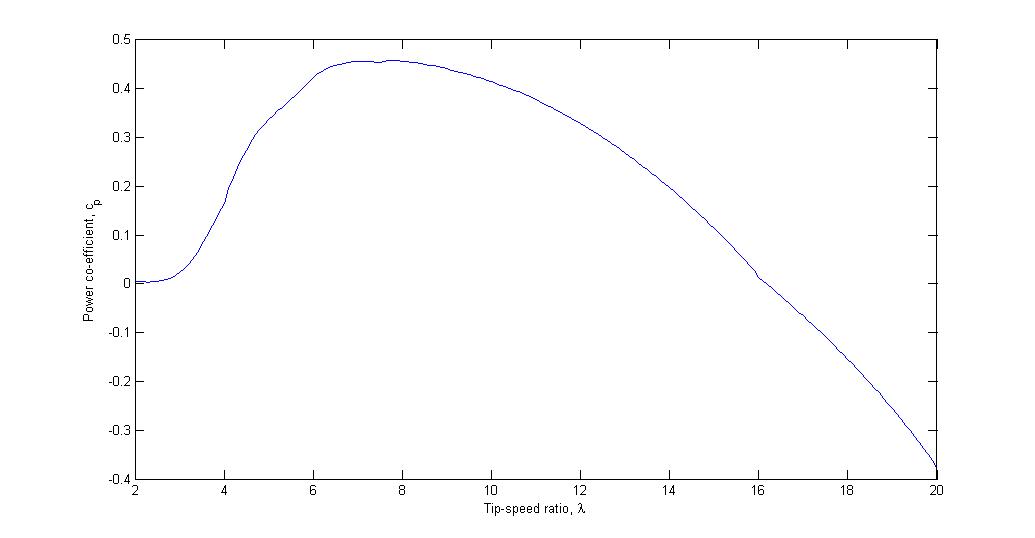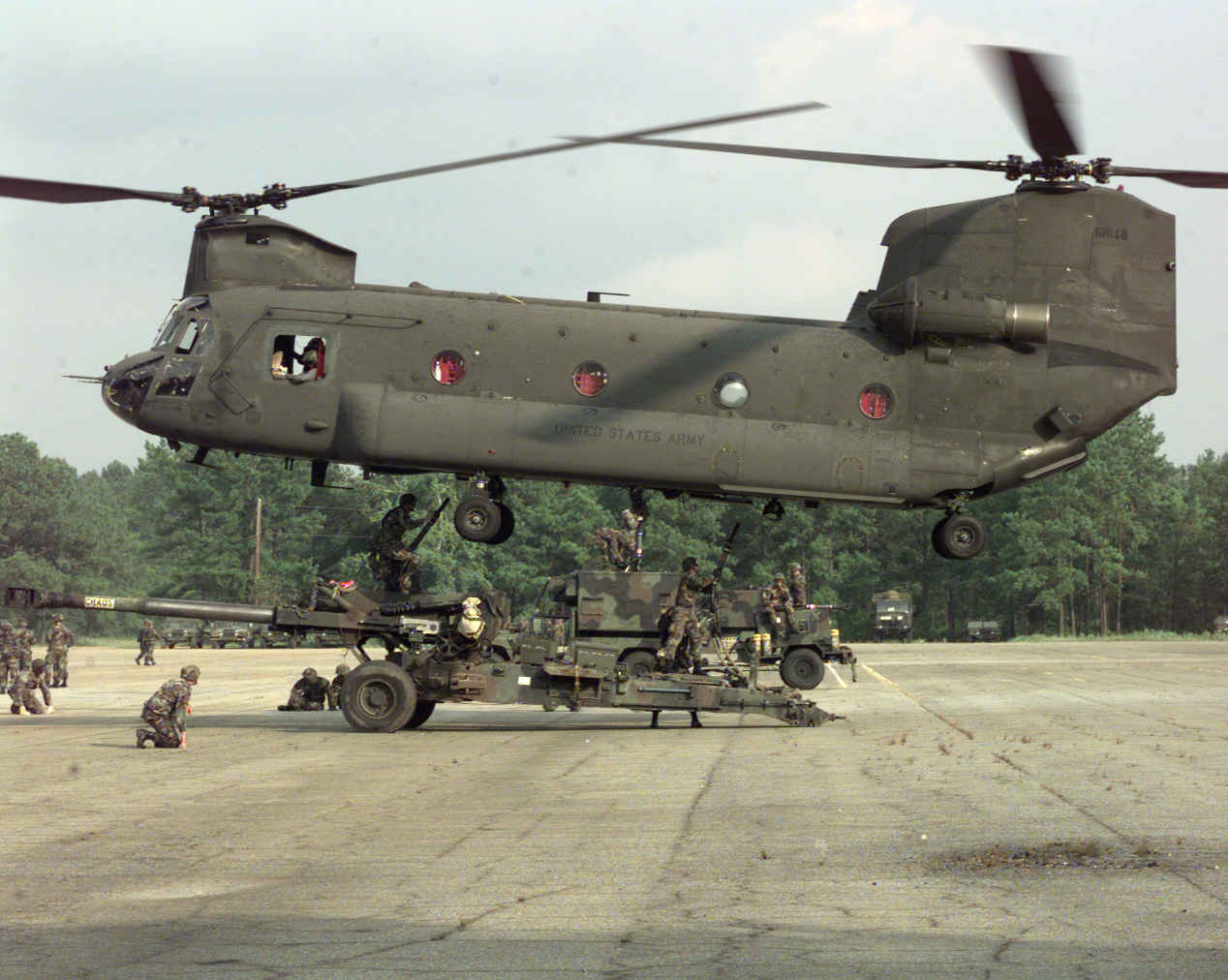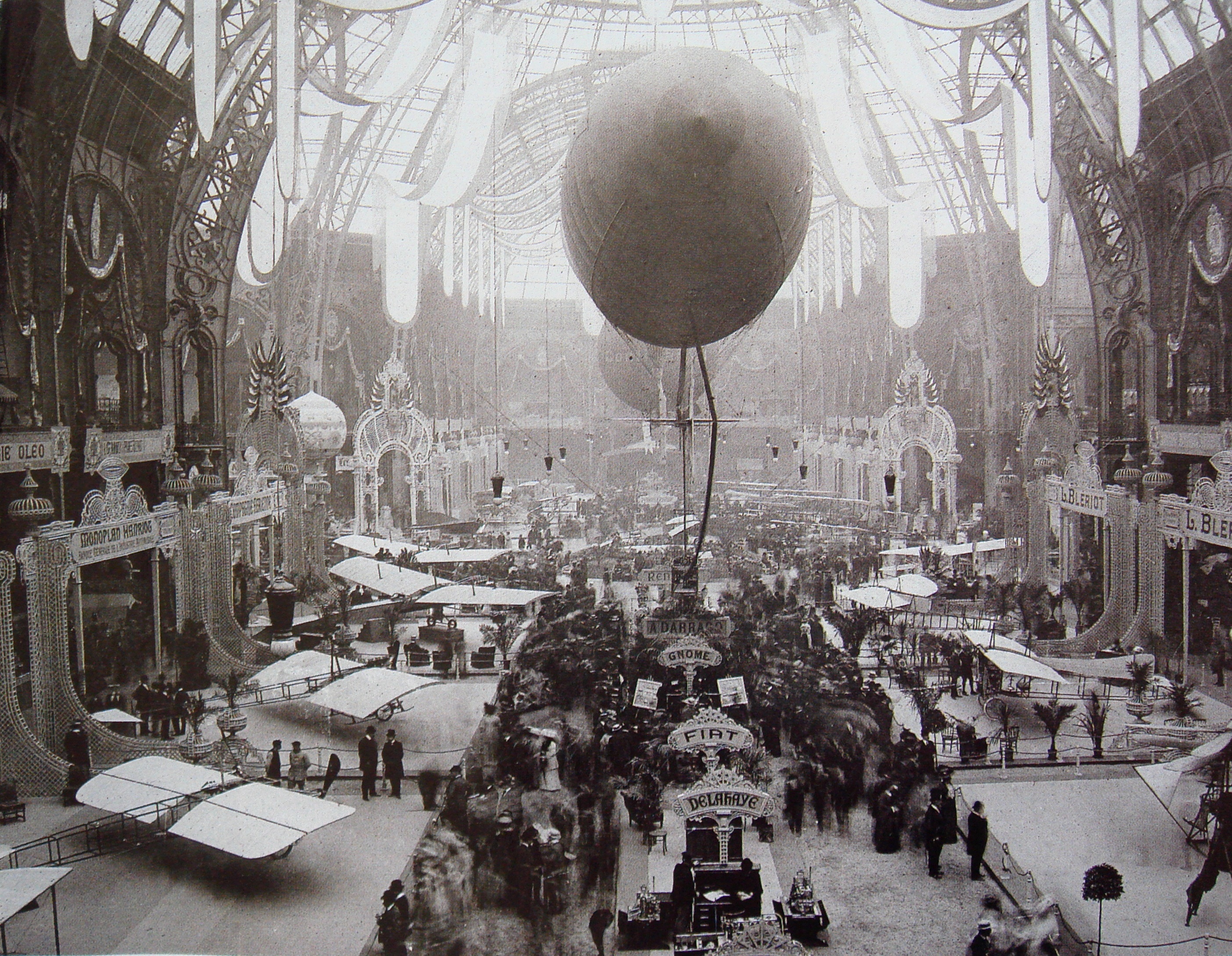|
Glidden Doman
Glidden Doman (January 28, 1921 – June 6, 2016) was an American aeronautical engineer and pioneer in helicopters and modern wind turbines. He founded one of America's original six helicopter companies (Doman Helicopters, Inc.) after making major contributions to the use of Sikorsky helicopters during World War II. Doman Helicopters' most prominent achievement was the Doman LZ-5/YH-31 eight-place helicopter, which received FAA certification on December 30, 1955. The unique feature of this helicopter was its hinge-less but gimbaled, tilting rotor hub that greatly reduced stress and vibration in the blades and in the whole helicopter. Doman was one of the first to transfer knowledge of helicopter rotor dynamics technology to wind turbines. The 1973 arab oil embargo prompted NASA Glenn Research Center in Cleveland, Ohio to lead a 7-year US wind energy program for the development of utility-scale horizontal axis wind turbines. This program featured the creation of Boeing's MOD-2 ... [...More Info...] [...Related Items...] OR: [Wikipedia] [Google] [Baidu] |
Doman LZ-5
The Doman LZ-5 was a utility helicopter developed in the United States in the early 1950s by Doman Helicopters Inc. of Danbury, Connecticut. Despite the procurement of international manufacturing agreements, no series production of the aircraft ever occurred, and only three prototypes were built. Two of these were purchased by the United States Army as the YH-31, but eventually becoming VH-31. Development Like the preceding Doman LZ-1, LZ-1 through Doman LZ-4, LZ-4, the LZ-5 utilized designer Glidden Doman's unorthodox gimbaled rotor head system, which featured the elimination of rotor hinges and dampers and included blades of soft-in-plane dynamic design. The servo control system was entirely contained within the rotor head, with no external oil tanks or plumbing. The tail rotor was also hingeless and free floating to eliminate stresses in rapid tail rotor turns. In other ways, it had a conventional helicopter main rotor and tail rotor configuration. The pilot and co-pilot ... [...More Info...] [...Related Items...] OR: [Wikipedia] [Google] [Baidu] |
Sikorsky VS-300
The Vought-Sikorsky VS-300 (or S-46) is an American single-engine helicopter designed by Igor Sikorsky. It had a single three-blade rotor originally powered by a 75 horsepower (56 kW) engine. The first "free" flight of the VS-300 was on 13 May 1940.Munson 1968, p. 111. The VS-300 was the first successful single lifting rotor helicopter in the United States and the first successful helicopter to use a single vertical-plane tail rotor configuration for antitorque. With floats attached, it became the first practical amphibious helicopter. Design and development Igor Sikorsky's quest for a practical helicopter began in 1938, when as the Engineering Manager of the Vought-Sikorsky Division of United Aircraft Corporation, he was able to convince the directors of United Aircraft that his years of study and research into rotary-wing flight problems would lead to a breakthrough. His first experimental machine, the VS-300, was test flown by Sikorsky on 14 September 1939, tethered by c ... [...More Info...] [...Related Items...] OR: [Wikipedia] [Google] [Baidu] |
New England Air Museum
The New England Air Museum (NEAM) is an American aerospace museum located adjacent to Bradley International Airport in Windsor Locks, Connecticut. The museum consists of three display hangars with additional storage and restoration hangars. Its collections include aircraft ranging from early flying machines to supersonic jets, as well as engines, and other pieces of flight-related equipment. Significant aircraft include * the Silas Brooks balloon basket - the oldest surviving American-built aircraft * the Sikorsky VS-44A - the sole remaining American-built commercial trans-oceanic four-engine flying boat * the Goodyear ZNPK-28 Blimp Control Car - one of only two surviving K-class control cars in the world. The museum library has approximately 6,000 aviation books, approximately 20,000 periodicals, approximately 10,000 technical manuals, approximately 21,000 photographs, nearly 8,000 slides, over 200 pieces of artwork, over 1,200 prints, and approximately 500 engineering drawing a ... [...More Info...] [...Related Items...] OR: [Wikipedia] [Google] [Baidu] |
Variable Speed Wind Turbine
A variable speed wind turbine is one which is specifically designed to operate over a wide range of rotor speeds. It is in direct contrast to fixed speed wind turbine where the rotor speed is approximately constant. The reason to vary the rotor speed is to capture the maximum aerodynamic power in the wind, as the wind speed varies. The aerodynamic efficiency, or coefficient of power, C_p for a fixed blade pitch angle is obtained by operating the wind turbine at the optimal tip-speed ratio as shown in the following graph. Tip-speed ratio is given by the following expression, \lambda = \frac where \omega is the rotor speed (in radians per second), R is the radius of the rotor, and v is the wind speed. As the wind speed varies, the rotor speed must be varied to maintain peak efficiency. Background Before the need to connect wind turbines to the grid, turbines were fixed-speed. This was not a problem because turbines did not have to be synchronized with the frequency of the g ... [...More Info...] [...Related Items...] OR: [Wikipedia] [Google] [Baidu] |
Boeing Vertol
Boeing Rotorcraft Systems (formerly Boeing Helicopters and before that Boeing Vertol) is the former name of an American aircraft manufacturer, now known as Vertical Lift division of Boeing Defense, Space & Security. The headquarters and main rotorcraft factory is in Ridley Park, Pennsylvania, a suburb of Philadelphia. Production of Apache attack helicopters in Mesa, Arizona, formerly part of Rotorcraft Systems, is now under the Global Strike Division of Boeing Military Aircraft. History Background Boeing Helicopters was created as Boeing Vertol when the Vertol Aircraft Corporation (formerly Piasecki Helicopter) company of Morton, Pennsylvania was acquired by Boeing in 1960; the Vertol name was an abbreviation for Vertical Take Off and Landing. Other names by which the division sometimes referred to itself in correspondence over the years were "Boeing Aircraft Company, Vertol Division" and "Boeing Philadelphia". The company was responsible for the design and production of the ... [...More Info...] [...Related Items...] OR: [Wikipedia] [Google] [Baidu] |
Paris Air Show
The Paris Air Show (french: Salon international de l'aéronautique et de l'espace de Paris-Le Bourget, Salon du Bourget) is a trade fair and air show held in odd years at Paris–Le Bourget Airport in north Paris, France. Organized by the French aerospace industry's primary representative body, the ''Groupement des industries françaises aéronautiques et spatiales'' (GIFAS), it is the largest air show and aerospace-industry exhibition event in the world, measured by number of exhibitors and size of exhibit space, followed by UK's Farnborough Air Show, Dubai Air Show, and Singapore Airshow. First held in 1909, the Paris Air Show was held every odd year from 1949 to 2019, when the 53rd Air Show attracted 2,453 exhibitors from 49 countries and occupied more than 125,000 square meters. Organizers canceled the 2021 show due to the COVID pandemic and said it would resume in 2023. It is a large trade fair, demonstrating military and civilian aircraft, and is attended by many military ... [...More Info...] [...Related Items...] OR: [Wikipedia] [Google] [Baidu] |
Curtiss-Wright
The Curtiss-Wright Corporation is a manufacturer and services provider headquartered in Davidson, North Carolina, with factories and operations in and outside the United States. Created in 1929 from the consolidation of Curtiss, Wright, and various supplier companies, the company was immediately the country's largest aviation firm and built more than 142,000 aircraft for the U.S. military during World War II. Today, it no longer makes aircraft but makes many related components, particularly actuators, aircraft controls, valves, and surface-treatment services. It also supplies the commercial, industrial, defense, and energy markets; it makes parts for commercial and naval nuclear power systems, industrial vehicles, and oil- and gas-related machinery. History Merger and expansion Curtiss-Wright formed on July 5, 1929, the result of a merger of 12 companies associated with Curtiss Aeroplane and Motor Company of Buffalo, New York, and Wright Aeronautical of Dayton, Ohio. It wa ... [...More Info...] [...Related Items...] OR: [Wikipedia] [Google] [Baidu] |
United States Army Air Corps
The United States Army Air Corps (USAAC) was the aerial warfare service component of the United States Army between 1926 and 1941. After World War I, as early aviation became an increasingly important part of modern warfare, a philosophical rift developed between more traditional ground-based army personnel and those who felt that aircraft were being underutilized and that air operations were being stifled for political reasons unrelated to their effectiveness. The USAAC was renamed from the earlier United States Army Air Service on 2 July 1926, and was part of the larger United States Army. The Air Corps became the United States Army Air Forces (USAAF) on 20 June 1941, giving it greater autonomy from the Army's middle-level command structure. During World War II, although not an administrative echelon, the Air Corps (AC) remained as one of the combat arms of the Army until 1947, when it was legally abolished by legislation establishing the Department of the Air Force. The Air ... [...More Info...] [...Related Items...] OR: [Wikipedia] [Google] [Baidu] |
Doman LZ-1A (Sikorsky R-6 Conversion)
The Sikorsky R-6 is an American light two-seat helicopter of the 1940s. In Royal Air Force and Royal Navy service, it was named the Hoverfly II. Development The R-6/Hoverfly II was developed to improve on the successful Sikorsky R-4. In order to enhance performance, a completely new streamlined fuselage was designed and the boom carrying the tail rotor was lengthened and straightened. The main rotor and transmission system of the R-4 were retained. Sikorsky allotted their Model 49 designation to the new design. Later, dynamically-balanced modifications to the rotor were carried out by Doman Helicopters Inc. The new aircraft could attain compared with by the earlier design. Initial production was by Sikorsky, but most examples were built by Nash-Kelvinator. Some of the later aircraft were fitted with more powerful engines. Operational history The first R-6s were delivered to the United States Army Air Forces (USAAF) in late 1944 and some were transferred to the United States N ... [...More Info...] [...Related Items...] OR: [Wikipedia] [Google] [Baidu] |
Igor Sikorsky
Igor Ivanovich Sikorsky (russian: И́горь Ива́нович Сико́рский, p=ˈiɡərʲ ɪˈvanəvitʃ sʲɪˈkorskʲɪj, a=Ru-Igor Sikorsky.ogg, tr. ''Ígor' Ivánovich Sikórskiy''; May 25, 1889 – October 26, 1972)Fortier, Rénald"Igor Sikorsky: One Man, Three Careers." ''aviation.technomuses.ca,''1996. Retrieved: October 29, 2008. was a Russian–American"Britannica Concise Encyclopedia" Encyclopædia Britannica, Inc. 2006, p. 1751. [...More Info...] [...Related Items...] OR: [Wikipedia] [Google] [Baidu] |






